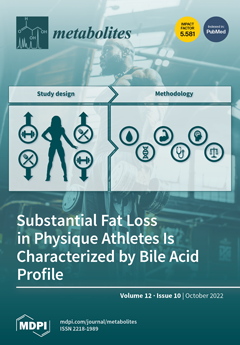A total of 896 1-day-old straight-run (Ross-308) broilers were used to investigate the interactive effects of protein source (PS), diet structure (DS) and butyric acid (BA) on live performance and carcass characteristics, gut development and its morphology and apparent ileal digestibility (AID) of protein and amino acids (AA). Eight experimental diets comprising 8 replicates with 14 birds each were tested in a 2 × 2 × 2 factorial arrangement with complete randomized design by two levels of BA (0 and 0.1%), two forms of DS (whole vs. ground wheat) and two PS, i.e., soybean meal and canola meal (SBM vs. CM). Throughout the entire experimental period (0 to 35 d), broilers fed SBM-based diets exhibited better (
p < 0.05) growth performance (feed intake (FI), body weight gain (BWG) and feed conversion ratio (FCR)), carcass parameters (
p < 0.05), gut health (
p < 0.05), and nutrient digestibility (
p < 0.05) than CM-fed broilers. Dietary whole wheat (WW) positively affected FI (
p = 0.001), BWG (
p = 0.004) and FCR (
p = 0.035) during the overall experimental period. Broilers fed WW had 6, 5, 8, 11 and 10% lower empty relative weights of crop, proventriculus, jejunum, ileum and colon and 25 and 15% heavier gizzard and pancreas, respectively, with longer villus height (
p < 0.001), reduced crypt depth (
p = 0.031) and longer villus height-to-crypt depth ratio (
p < 0.001) than those fed ground-wheat-based diets. Broilers fed WW had greater (
p < 0.05) AID of CP and most of the AA. Butyric acid supplementation resulted in improved (
p < 0.05) growth performance and digestibility of threonine, valine, leucine, isoleucine, phenylalanine, serine and aspartate. The broilers consuming SBM had 28% lower abdominal fat than those fed CM-based diets. In conclusion, harmful consequences of a less digestible PS can partially be compensated by the inclusion of WW, and supplementation of BA further reduces these detrimental effects.
Full article






